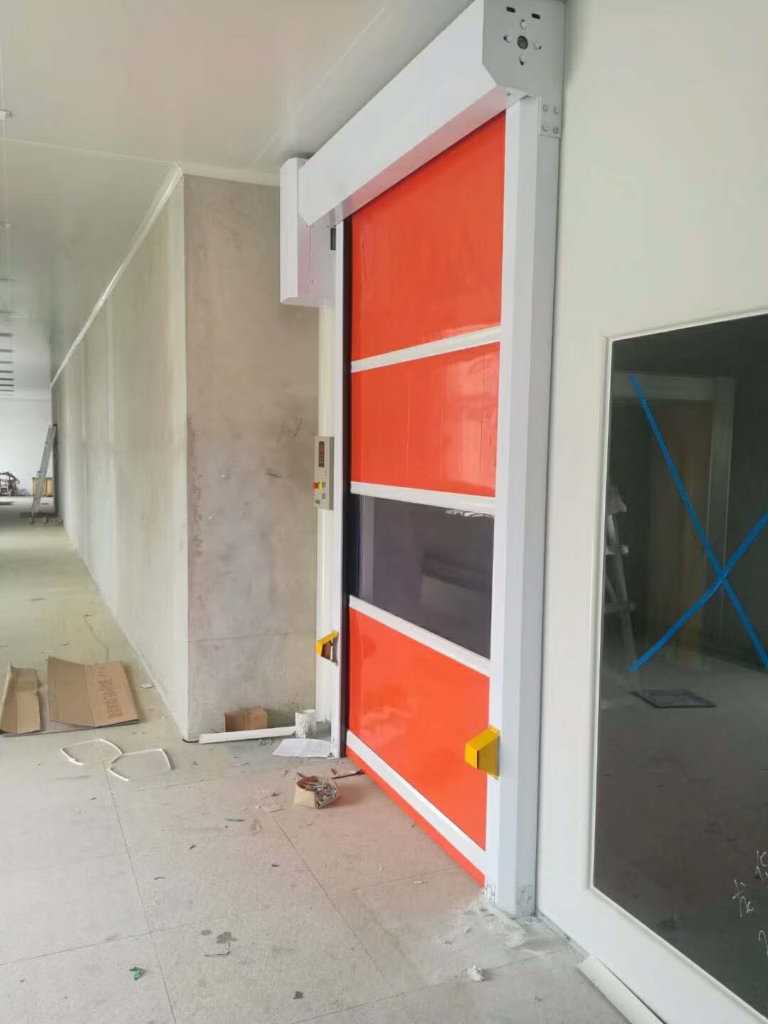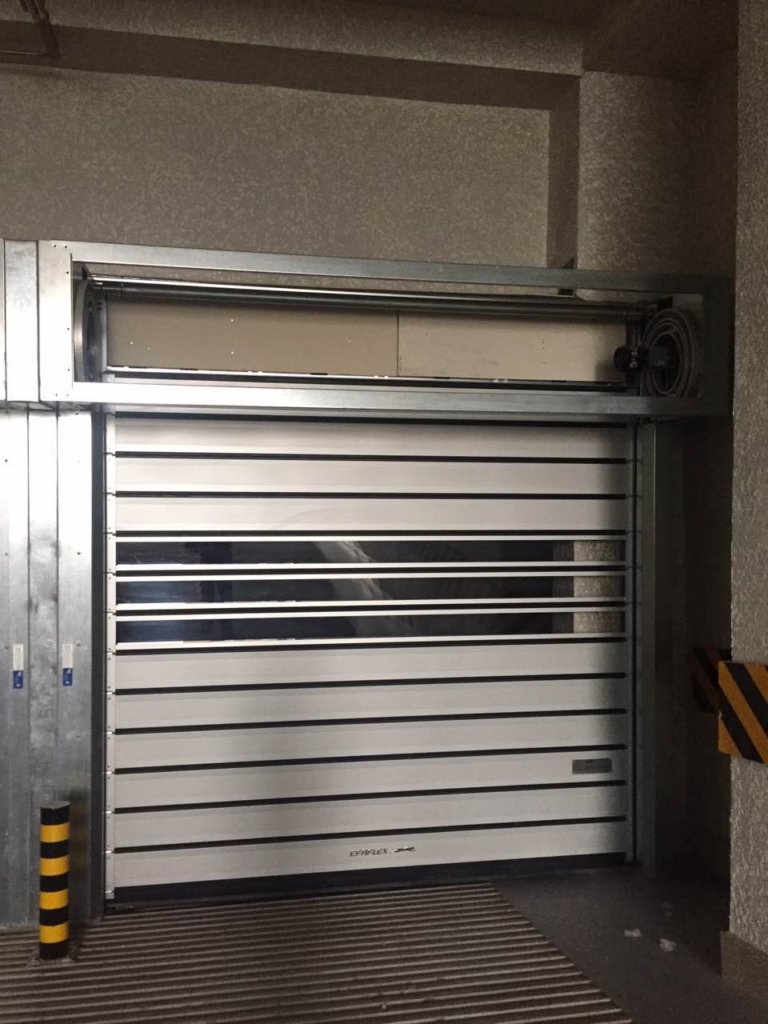sliding door rollers
Sliding Door Rollers: A Comprehensive Guide
Sliding doors are a popular choice for modern homes and commercial spaces due to their space-saving design and sleek aesthetics. However, the smooth operation of sliding doors heavily depends on the quality and condition of their rollers. Understanding sliding door rollers—their types, materials, maintenance, and replacement—can help ensure long-lasting performance and prevent common issues like sticking, misalignment, or excessive noise.
Types of Sliding Door Rollers
1. Nylon Rollers
Nylon rollers are lightweight, corrosion-resistant, and operate quietly. They are ideal for residential sliding doors where noise reduction is a priority. However, they may wear out faster under heavy loads compared to metal alternatives.
2. Stainless Steel Rollers
Stainless steel rollers are durable and resistant to rust, making them suitable for exterior sliding doors exposed to moisture. They handle heavier loads efficiently but may produce more noise than nylon rollers.
3. Ball Bearing Rollers
Ball bearing rollers provide smooth movement by reducing friction. They are commonly used in high-traffic areas like commercial buildings due to their enhanced durability and load-bearing capacity.
4. V-Groove Rollers
V-groove rollers are designed to fit into a track with a corresponding V-shape, ensuring precise alignment. They are often used in glass sliding doors to prevent derailment.
5. Flat Rollers
Flat rollers glide along a flat track and are commonly found in lightweight sliding doors, such as closet doors. They are cost-effective but may require frequent adjustments.
Key Features of High-Quality Sliding Door Rollers
Load Capacity
Rollers must support the door’s weight without excessive wear. Heavy-duty rollers (e.g., stainless steel or ball bearing) are recommended for large or solid-core doors.
Noise Reduction
Nylon or rubber-coated rollers minimize noise, making them ideal for bedrooms or offices.
Corrosion Resistance
For outdoor or high-moisture environments, stainless steel or coated rollers prevent rust and prolong lifespan.
Adjustability
Adjustable rollers allow for fine-tuning door height, ensuring smooth operation and proper alignment.
Compatibility
Ensure rollers match the door’s track system (e.g., V-groove for V-track, flat rollers for flat tracks).
Common Issues with Sliding Door Rollers
1. Sticking or Difficulty Sliding
Causes include dirt buildup, worn-out rollers, or misalignment. Cleaning the track and replacing damaged rollers usually resolves this issue.
2. Excessive Noise
Squeaking or grinding noises indicate worn bearings or lack of lubrication. Applying silicone-based lubricant can help.
3. Door Derailment
If the door jumps off the track, the rollers may be damaged or the track could be bent. Inspect and replace faulty components.
4. Uneven Movement
A sagging door suggests roller misalignment. Adjusting the height screws on the rollers can restore balance.
How to Replace Sliding Door Rollers
Step 1: Remove the Door
Lift the door slightly and tilt it inward to detach it from the track. Have an assistant help if the door is heavy.
Step 2: Locate the Rollers
Most rollers are housed in a bracket at the bottom of the door. Some models require unscrewing a cover plate.
Step 3: Remove Old Rollers
Use a screwdriver or wrench to detach the roller assembly. Note the orientation for proper reinstallation.
Step 4: Install New Rollers
Insert the new rollers into the bracket, ensuring they align with the track. Tighten screws securely.
Step 5: Rehang the Door
Carefully slide the door back into the track and test for smooth operation. Adjust roller height if necessary.
Maintenance Tips for Sliding Door Rollers
- Clean the Track Regularly – Remove debris with a brush and vacuum.
- Lubricate Rollers – Use silicone spray or Teflon-based lubricant every 6 months.
- Check for Wear – Inspect rollers annually for cracks, flat spots, or rust.
- Tighten Loose Screws – Ensure all mounting hardware is secure to prevent misalignment.
Choosing the Right Replacement Rollers
When purchasing replacement rollers, consider:
- Door Weight – Heavier doors require sturdier rollers.
- Track Type – Match roller design to the track (V-groove, flat, etc.).
- Material – Opt for corrosion-resistant materials in humid environments.
- Brand Compatibility – Some manufacturers design rollers specifically for their door systems.
Where to Buy Sliding Door Rollers
Replacement rollers are available at:
- Hardware Stores – Home Depot, Lowe’s, or local suppliers.
- Online Retailers – Amazon, eBay, or specialized door parts websites.
- Door Manufacturers – Contact the original manufacturer for exact replacements.
DIY vs. Professional Replacement
- DIY Replacement – Cost-effective for those comfortable with basic tools.
- Professional Help – Recommended for heavy glass doors or complex track systems.
Cost of Sliding Door Rollers
Prices vary based on material and quality:
- Basic Nylon Rollers – $5–$15 per set.
- Stainless Steel/Ball Bearing Rollers – $15–$50 per set.
- High-End Commercial Rollers – $50–$100+ per set.
Final Considerations
Investing in high-quality rollers ensures smooth, long-lasting sliding door performance. Regular maintenance prevents premature wear, while proper installation avoids operational issues. Whether replacing old rollers or upgrading for better functionality, selecting the right type is crucial for optimal door movement.
By understanding the mechanics of sliding door rollers, homeowners and businesses can maintain effortless functionality and extend the lifespan of their doors.


